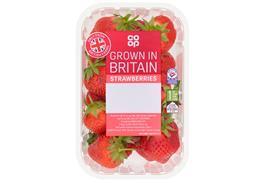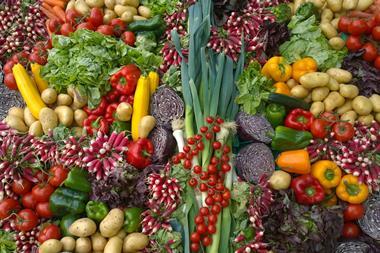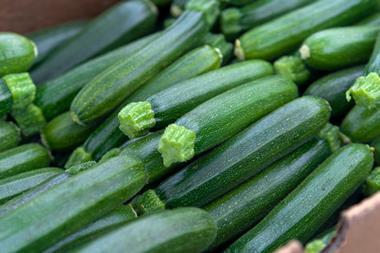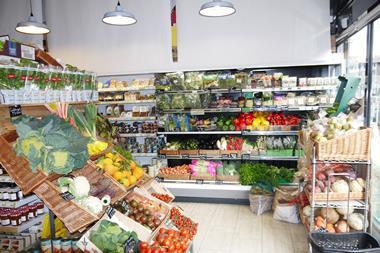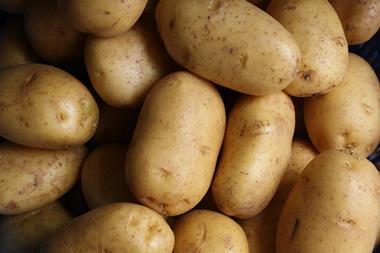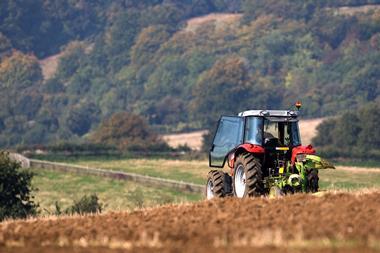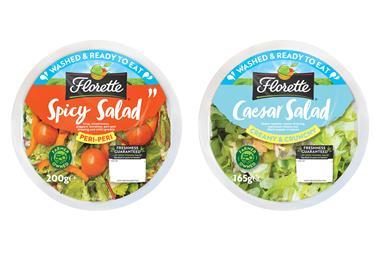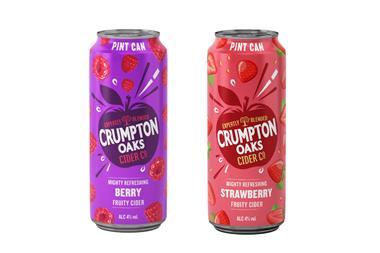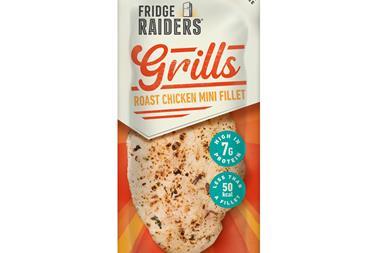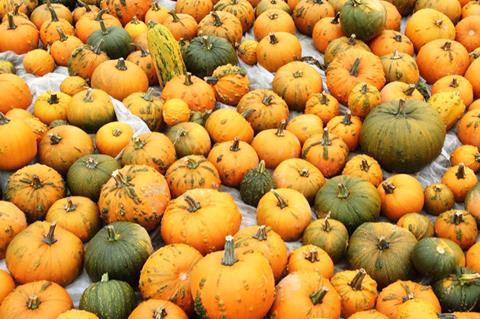
A reduced harvest of smaller-than-usual pumpkins could darken this year’s Halloween festivities.
After “a challenging year” for farmers, according to Pauline Sutton, crop association executive at the British Growers Association, pumpkins were expected to be “smaller in size” and in yields that “may be lower than last year”.
Sutton said the quality of pumpkins would not be affected, though growers had struggled with dry weather for much of the season.
Nigel Jenney, CEO of the Fresh Produce Consortium, added that reports of smaller yields were “not a surprise” given pumpkins are typically grown without irrigation.
“We’re expecting small pumpkins and squashes despite irrigating our crops significantly,” said Kim Barfoot-Brace, marketing manager at grower Barfoots. “On the plus side, we hope this means fruits will be high quality and we won’t have any rot issues that can be caused by a wet summer.”
Alice Witchalls, analyst with commodity data provider Mintec, said she had heard of ”massive variability across the UK”, with some farmers recording yields a third lower than last year whle some reported ”no change compared to 2021 levels”.
Jonathan Lukies of Cammas Hall Farm, which grows 74 pumpkin varieties on 45 acres of Hertfordshire and Essex farmland, said that while pumpkins this year would be 30% smaller than usual, overall yields should suffice to meet what he said was “high demand”.
“We have plenty of the 20kg-25kg size that the public goes for around Halloween,” he said.
Similar to dozens of other pumpkin plantations around the country, Cammas Hall runs annual farm tours timed around Halloween.
One difference this year, however, was that Cammas Hall watered its pumpkins due to the dry weather and record temperatures.
Lukies said he had heard of farms that, as usual, did not irrigate, with pumpkin crops struggling or even failing as a result.
But he did not think there would be any wider shortage of supply.
Vegetable consumption falls 7.5% in response to cost of living crisis
“Many farmers have jumped on the pumpkin bandwagon these last few years,” he said.
On top of an unusually dry summer, pumpkin growers also had to deal with rising input costs faced by other farmers and food producers. “The challenges facing the agriculture sector in terms of labour shortages and costs of production are no secret,” said Barfoot-Brace.
And any shortfall could prove difficult to make up with imports, going by reports about pumpkin harvests overseas.
The UK in 2020 bought almost 70% of the 22,610 tonnes of pumpkins, squashes and gourds exported from EU member-states, where, for the most part, lighting carved pumpkins for Halloween is not as popular as in the UK.
Poland, Spain, France and Portugal were the biggest growers on the continent, Eurostat data showed, with harvests ranging between 120,000 tonnes to almost 165,000 tonnes.
But this year, according to local media reports, growers in Spain have said the national harvest would likely be down, with prices climbing as a result.
Ireland’s crop has largely held up, but the country’s relatively small horticultural sector means there would not be much to sell across the Irish Sea.
“We did not have the drought and heat that was experienced in the UK,” said Tom Dillon of Alright Pumpkin, a farm in the crop-growing east of the country.



